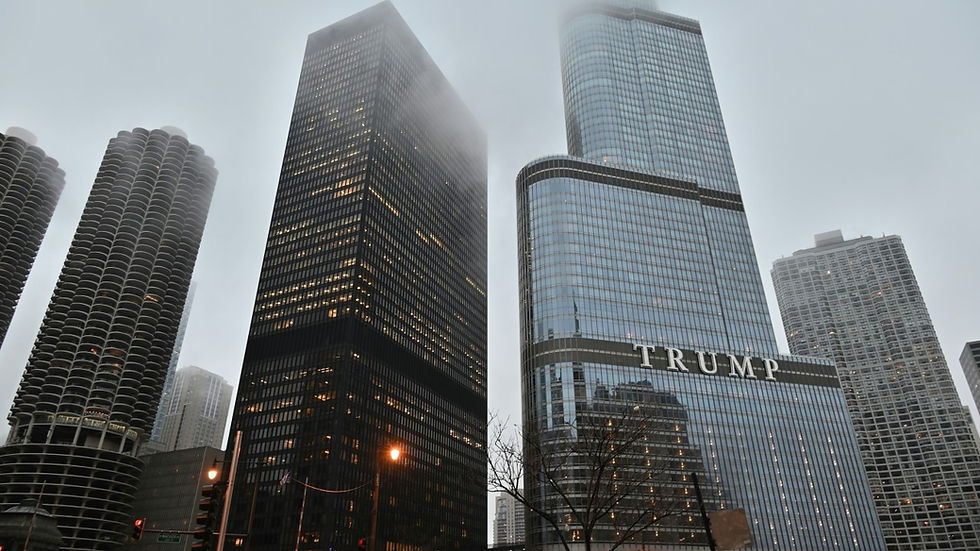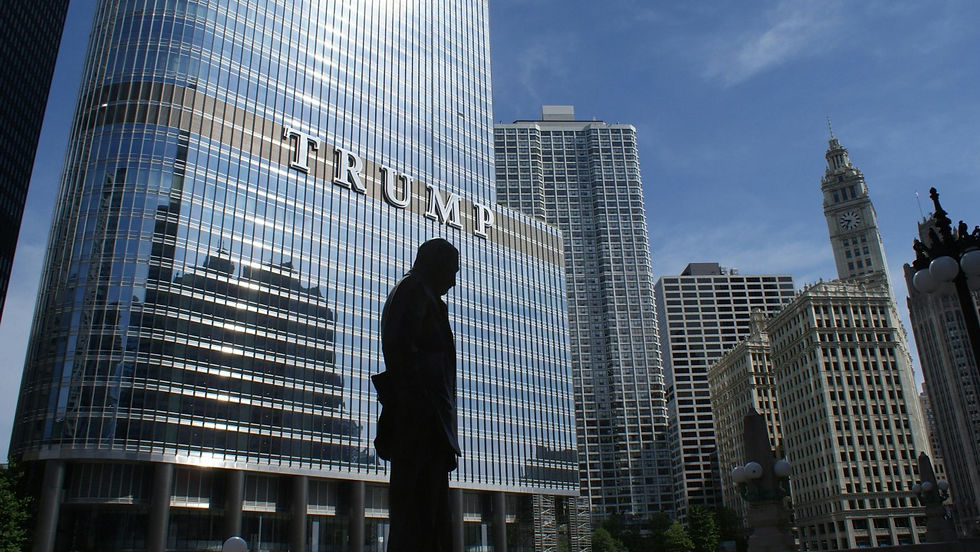Labour and Green Growth
- info060991
- Oct 4, 2023
- 3 min read

In the run up to Labour Party Conference, Trafalgar Strategy will be diving into Labour’s policy process and the pledges it is making to win over voters ahead of the next election
In the fifth instalment of our series, we share our guide to Labour’s approach to net zero.
Net zero: the issue all the public support, but no-one actually wants to pay for.
It’s no surprise then that the core of Labour’s pitch to voters is that the transition to net zero will create thousands of jobs and save households and businesses billions of pounds.
There are three flagship policies to Labour’s plan:
GB Energy - a publicly-owned company that will both own, manage and operate energy generation projects.
National Wealth Fund - a new strategic body to invest public funds in the green industries of the future.
Warm Homes Plan - giving devolved governments and local authorities the power and the additional funding to retrofit nineteen million homes within a decade.
Labour’s work on net zero is relatively developed compared to some of its other missions. There has evidently been significant thinking on how GB Energy would operate and on priority projects which will benefit from the National Wealth Fund. Specific areas are already singled out for investment including Forth and Tay, Belfast Harbour and Grangemouth.
Given how much thinking has gone into Labour’s approach, it is no surprise that first year of Labour’s plan is busy, including:
Reversing the ban on onshore wind and reforming the planning system
Establish the National Wealth Fund
Establish GB Energy
Reform the grid and electricity markets
Launch the Warm Homes Plan
Approving the next round of renewable energy projects through Contracts for Difference auctions
Over the longer term, the plan also commits to a variety of projects including new nuclear projects at Hinkley and Sizewell and new regulations including requiring UK-regulated financial institutions and FTSE 100 companies to develop transition plans that align with the 1.5°C goal of the Paris Agreement.
Although there is detail in many areas, hard decisions in others are ducked. Reform of the planning system is all very well but how does that work when you are promising local consent for community energy infrastructure? How do you increase offshore wind whilst committing to marine conservation? £6bn to upgrade the insulation in homes is a lot, but it won’t be enough for every home. How do you pick winners and losers?
Similarly, in a sign of Johnsonian cake-ism, energy intensive jobs in sectors like steel are protected under the premise that they will transition to green steel. It’s not quite clear how this will work in practice, but voters in Labour constituencies like Sheffield, Port Talbot and Rotheram will be thrilled.
From an electoral perspective, this is all sensible. Successfully pitching the transition to net zero as creating wealth can work. Talk of trade offs and difficult decisions is a harder sell. However, actually delivering the transition without putting additional costs on homeowners, businesses, foreign investors or the taxpayer is another matter.
Labour’s plans also need to be seen through a broader macro-economic lens. There is a clear nod to protectionism or deglobalisation or reshoring - call it what you will - in Labour’s plans. The war in Ukraine partly accounts for this but so too do wider geopolitical tensions and some envious looks to the US where abundant energy has helped keep inflation under (some) control.
Rachel Reeves broader economic strategy of “securonomics” - a move away from over-reliance on global markets rather than the state which is heavily influenced by “Bidenomics” - is also explicitly referenced. In this regard, Labour’s energy plans could signal a blueprint for how the state will intervene in other sectors of the economy. Where the market is perceived to be failing, government backed companies could soon intervene.




Comments